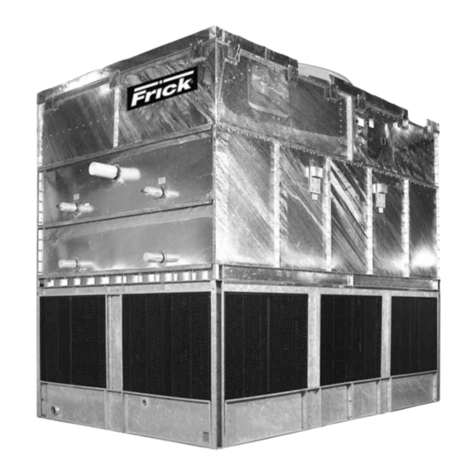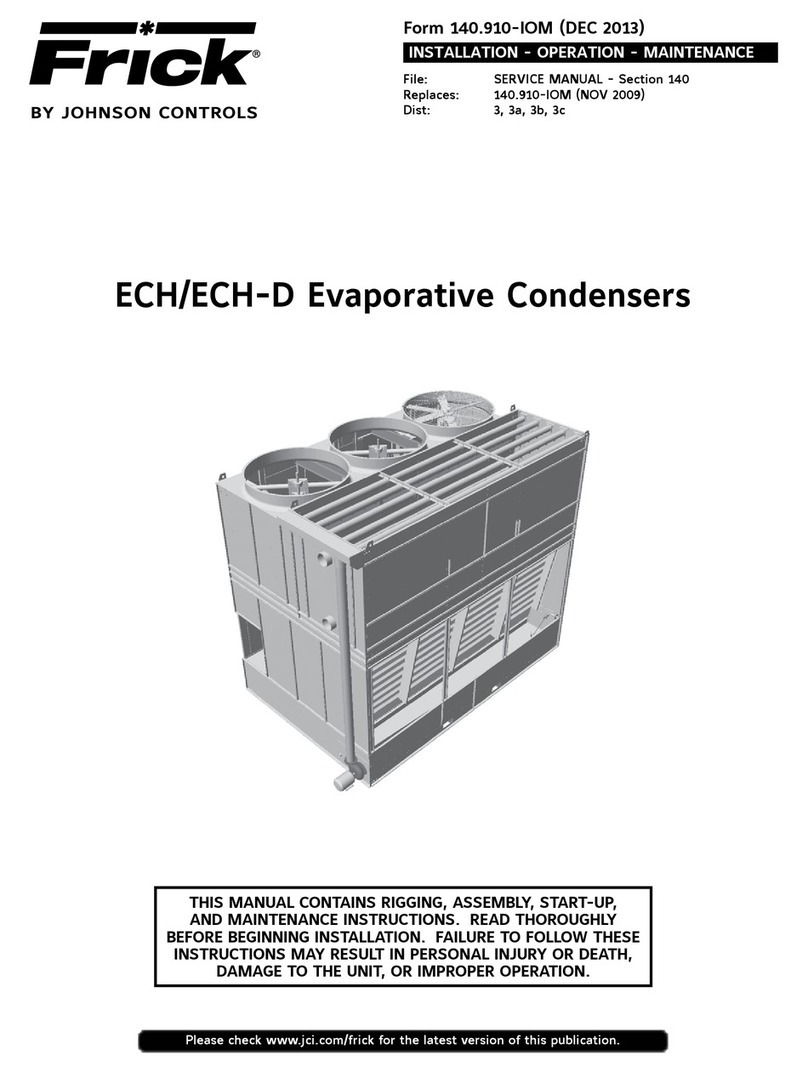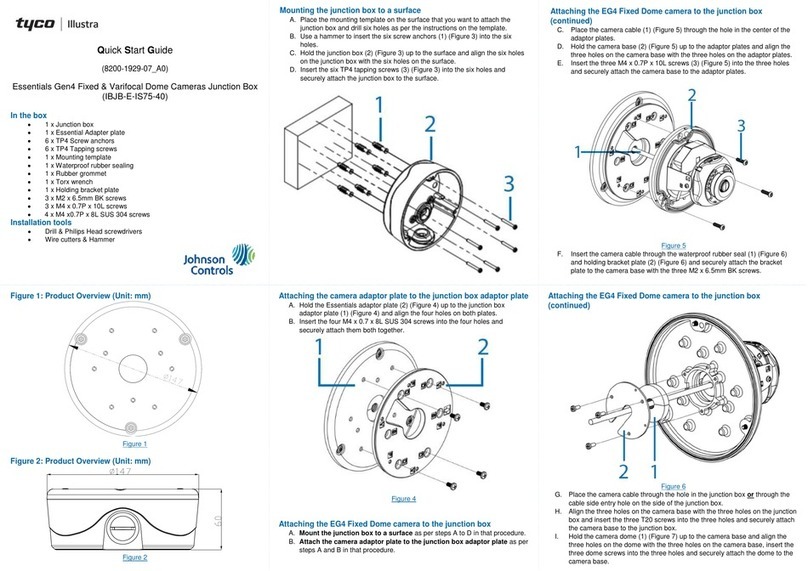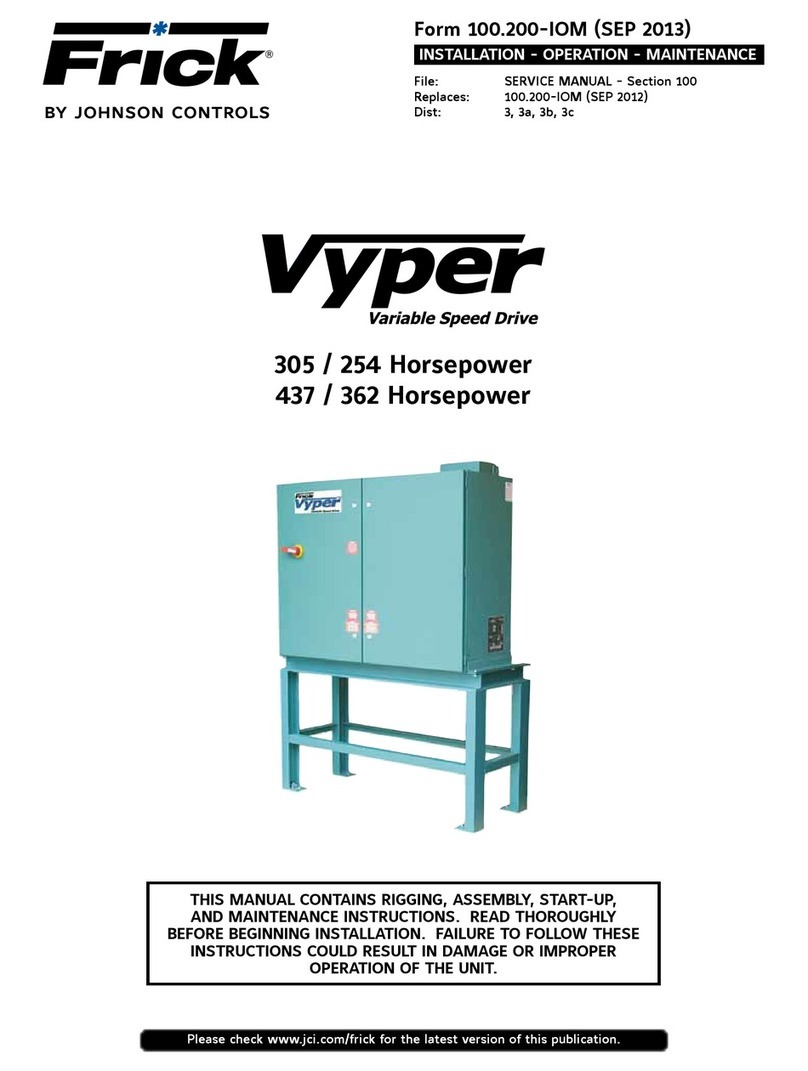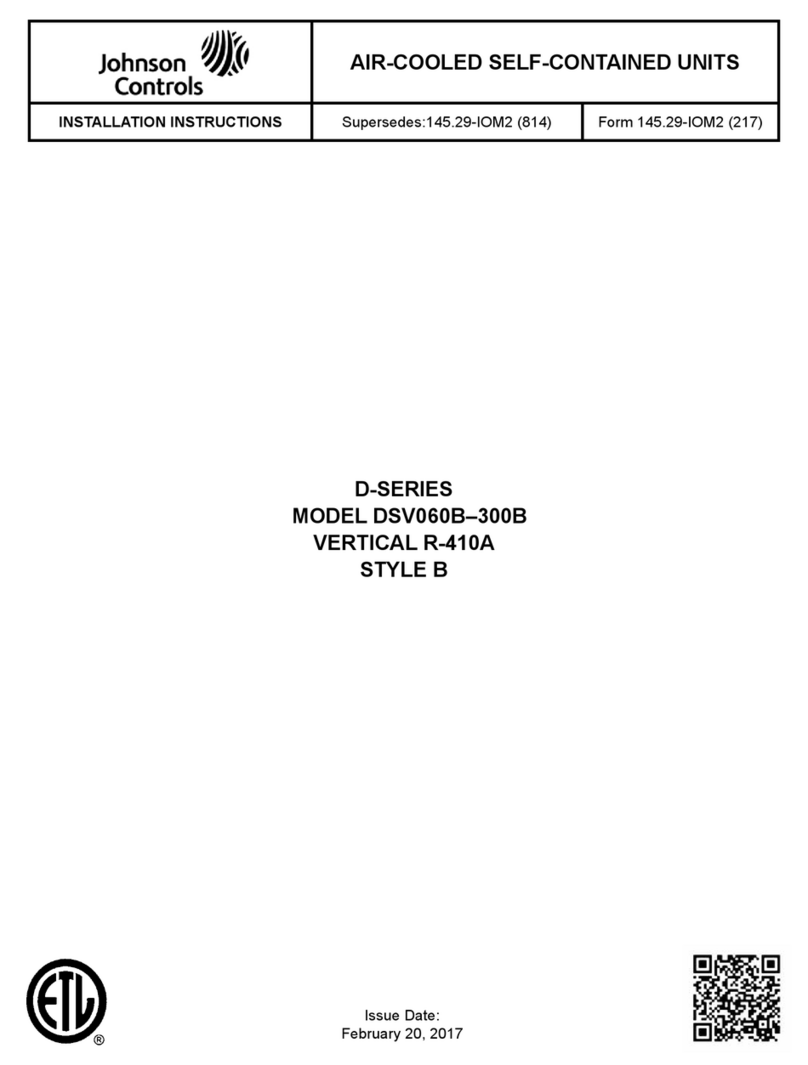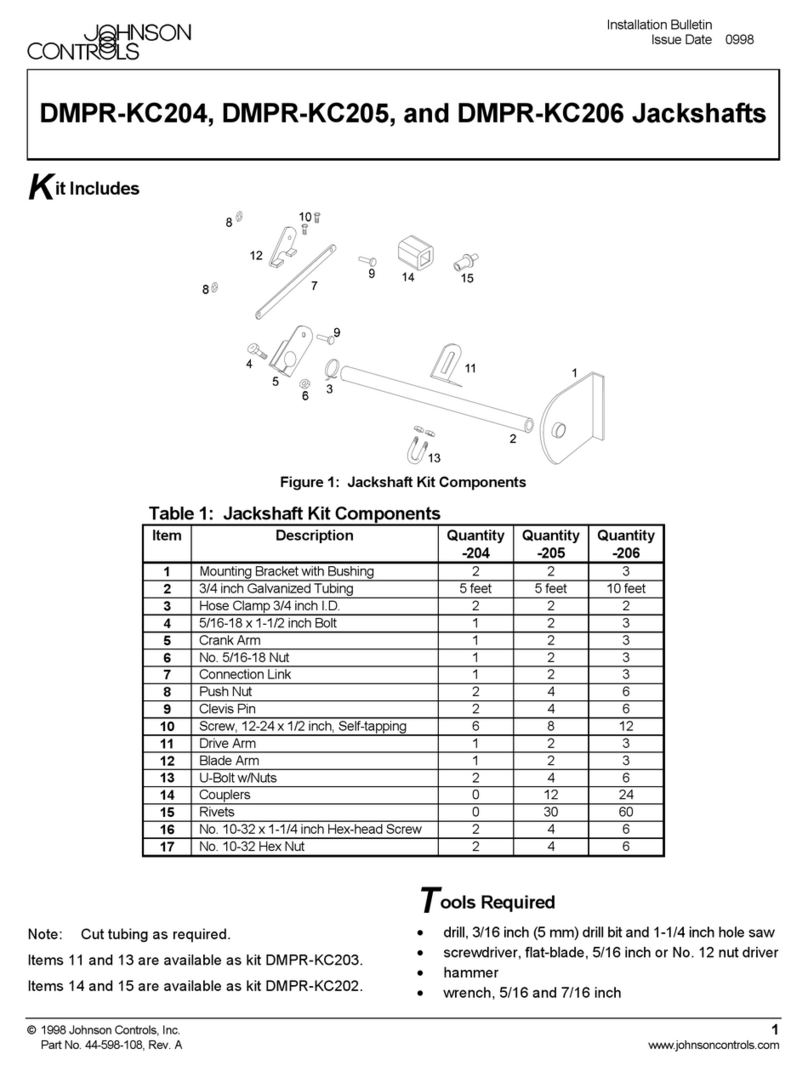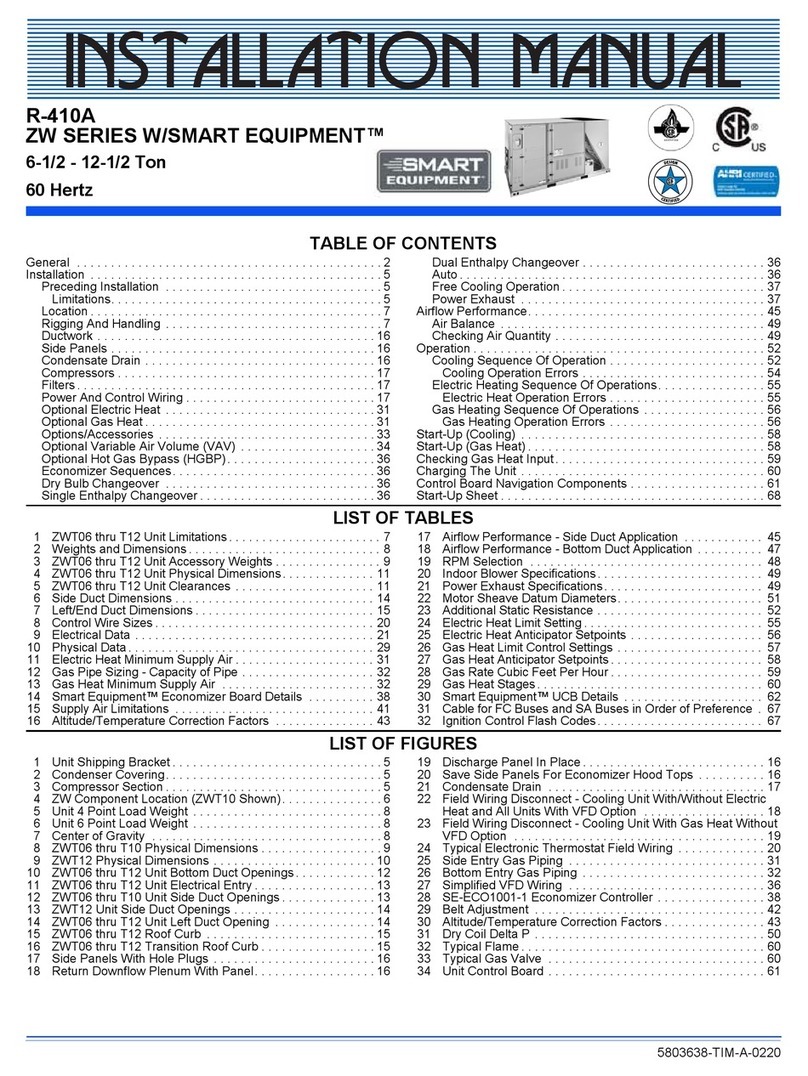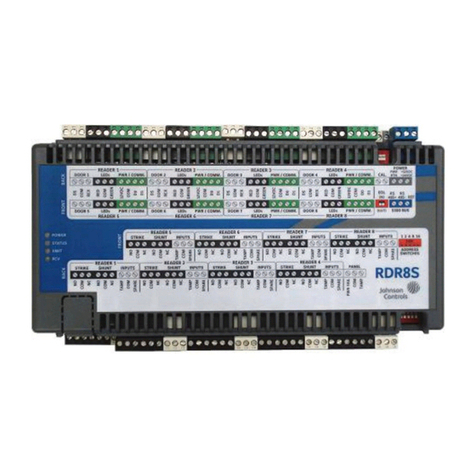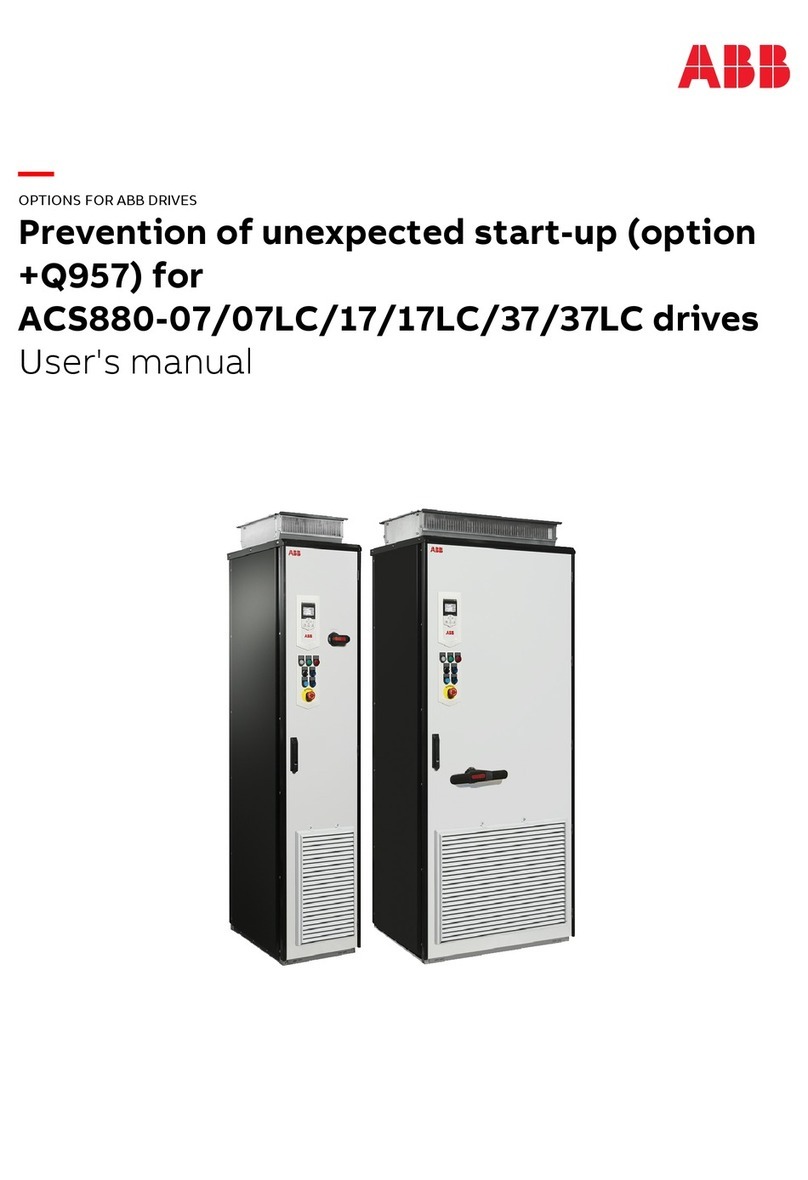
Burner parts replacement or burner combustion check screen....................................................... 108
Trend screen............................................................................................................................................. 109
Hourly operation history screen............................................................................................................ 111
Minutely operation history screen.........................................................................................................113
Failure history screen.............................................................................................................................. 115
Alarm history screen................................................................................................................................117
Failure and alarm screen..................................................................................................................119
Failure........................................................................................................................................................119
Alarm......................................................................................................................................................... 122
Setting screen.................................................................................................................................... 123
Control parameter................................................................................................................................... 123
Valve operation........................................................................................................................................ 125
Date and time...........................................................................................................................................125
Operation switch......................................................................................................................................126
Select language........................................................................................................................................ 126
Single loop controller........................................................................................................................127
Run mode..................................................................................................................................................128
Ready mode..............................................................................................................................................129
Alarm mode.............................................................................................................................................. 129
Alarm codes.............................................................................................................................................. 130
Operational display..................................................................................................................................131
Auto/manual mode (RHW only).............................................................................................................132
Operation mode changeover...........................................................................................................133
Changeover to cooling mode................................................................................................................. 133
Changeover to heating mode.................................................................................................................133
Use simultaneous residential hot water supply mode (option).........................................................134
Changeover to residential hot water sole supply mode (option)......................................................135
Maintenance................................................................................................................................................. 138
Exhaust duct inspection....................................................................................................................138
Valve inspection.................................................................................................................................138
Solenoid valves.................................................................................................................................. 139
Pump shut off valves (option)..........................................................................................................139
Air release valves and drain valves (option)...................................................................................139
Purge valves....................................................................................................................................... 139
Start the chiller-heater after it has been stopped for a long period...........................................139
Checks before operation starts..............................................................................................................139
Checks after operation starts...........................................................................................................140
Purge procedure................................................................................................................................140
Capacity check method of vacuum pump...................................................................................... 140
Manual method to purge non-condensable gas directly from absorber...................................144
Manual method to purge non-condensable gas from the purge tank...................................... 144
Automatic method to purge non-condensable gas from the purge tank..................................145
Refrigerant refining method............................................................................................................152
5YHAU-CGN/H Double Effect Direct Fired Absorption Chiller-Heater (Mod A)

